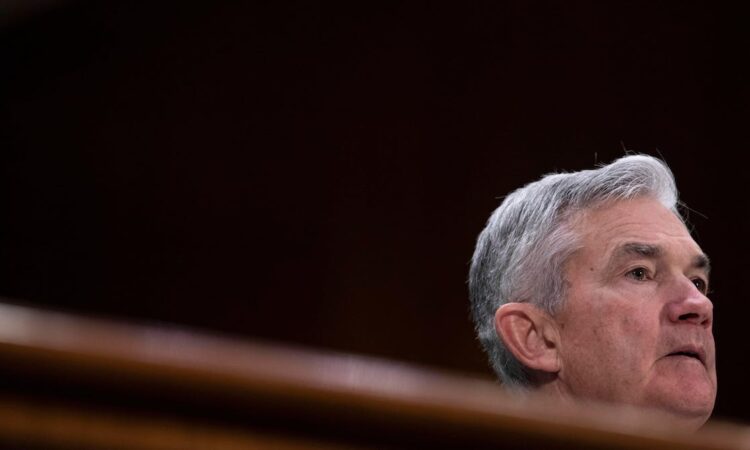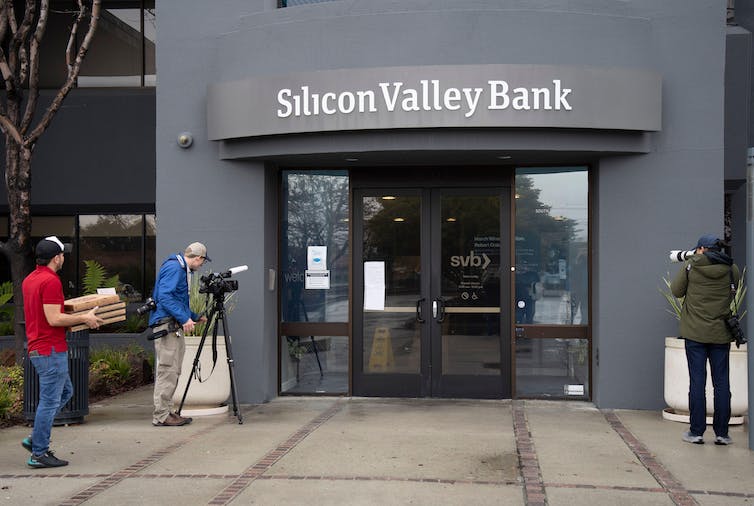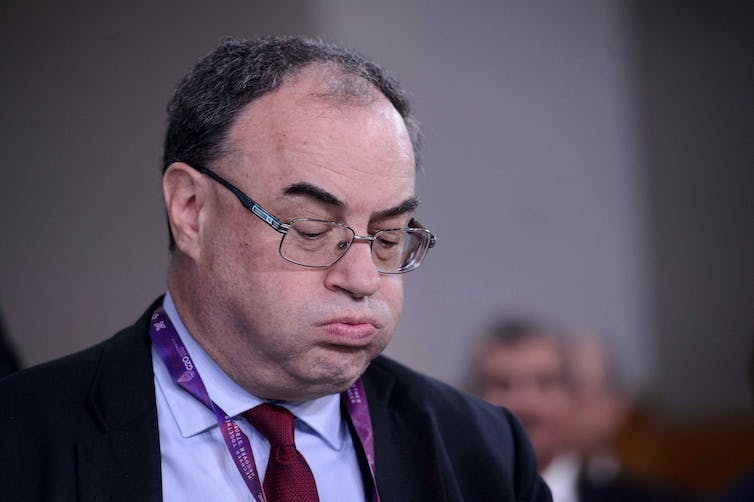
What will the Federal Reserve and Bank of England do with benchmark interest rates in the wake of the banking crisis? Traditionally, controlling inflation has been the prime mandate of central banks.
With annual inflation hitting double digits in the past year, many central banks have been hiking interest rates to try and bring it under control. The European Central Bank (ECB) raised its main rate from 2.5% to 3% on March 17, and all eyes are on the Fed and Bank of England (BoE) to see if they do likewise. The Fed is due to announce its decision on March 22, while the BoE takes its turn on March 23.
The trouble is that the calculus has changed over the past couple of weeks, as several banks have been pulled under by the strains caused by high rates. Most recently, Credit Suisse has been hastily taken over by fellow Swiss bank UBS, while bank stocks are still tumbling around the world as investors fear there will be other casualties. So what do the central banks do next?
Bank strain
To raise or not to raise: that’s the Shakespearean dilemma facing the Fed and BoE. Inflation is still running way above their 2% target level, but the banking turmoil is growing. The choice is to turn a blind eye to the turmoil and stay focused on price stability, or hold off and focus on helping to stabilise the financial system, even at the risk of inflation staying hot.
When Silicon Valley Bank (SVB) became the first casualty in this crisis several weeks ago, it was essentially because the value of its portfolio of bonds and other debt had been hit hard by rising interest rates. It started having cashflow problems and was left with no choice but to sell some of its portfolio at a loss, which caused a bank run.
In the aftermath, the Fed announced an emergency lending facility designed to shore up confidence in the US banking system. It enabled banks to borrow funds from the Fed against their bonds at face value, to ensure they had enough cash to operate – implying that they wouldn’t have to sell long-term government bonds at a loss, like SVB.

Xinhua/Alamy
Cash-strapped banks in the US borrowed a total of US$300 billion (£246 billion) from the Fed in the first week after this liquidity lifeline was launched. In Europe, Credit Suisse borrowed US$54 billion under a similar liquidity facility provided by Switzerland’s central bank, the Swiss National Bank (SNB) – though ultimately, this was not enough to avoid a takeover.
Taken together, it seems like a new form of quantitative easing has begun – this is the system of emergency liquidity creation used to prop up the global banking system for the past two decades.
Meanwhile, the central bank interventions have continued: the SNB offered a US$100 billion liquidity line to UBS to help it take on Credit Suisse’s operations. Then the Fed announced that it would be making US dollars available each day to the BoE, ECB, SNB and central banks of Canada and Japan.
These so-called daily swap lines, which replace the existing weekly ones, aim to ensure that everyone can get access to the dollars they need to help prevent further liquidity problems. The US dollar is the world reserve currency, meaning that it is the middle man in most transactions involving foreign currencies, so it’s absolutely vital for the global financial system. The new set-up will continue at least until the end of April.
What to expect on rates
Before all this banking turmoil, the Fed and BoE were widely expected to raise their benchmark rates by half a percentage point. Now, many traders think it will either only be 0.25 percentage points or no rise at all.

UPI/Alamy
A pause in hiking rates will likely make investors worry that banks are in serious trouble. On the other hand, a more aggressive 0.5 percentage points rise could be more than many banks can handle right now. Not only would it further damage the value of their bond portfolios, it will push up their cost of borrowing to finance their operations.
In my view, the central banks should continue their efforts to squeeze out high inflation, but they also have to respond to the elevated stress among banks. That points to a 0.25 percentage points rise. At the same time, central banks should continue making additional liquidity available to the global banking system for as long as necessary to avoid bank runs, until confidence is restored.



